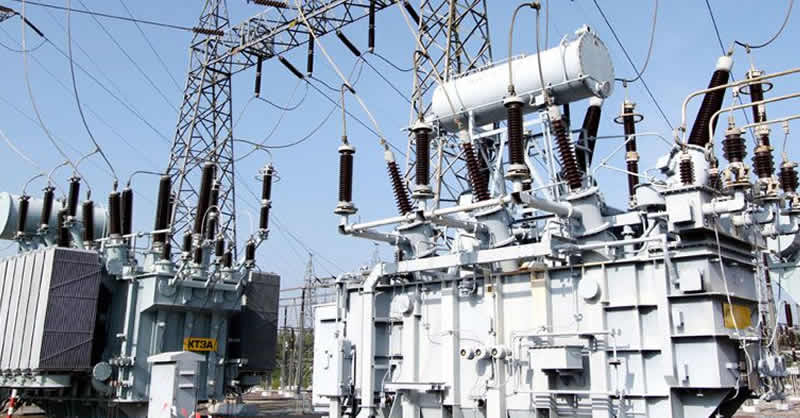
The Federal Government has taken measures to tackle the frequent collapses of Nigeria’s power grid by introducing a new technology aimed at identifying and responding to sudden declines or interruptions in power generation nationwide.
This development was announced by the Transmission Company of Nigeria, highlighting that the implementation of the Generation Dip/Loss Detection System will enhance the grid management capabilities of TCN.
In a recent report by NewsNow, Nigeria experienced its sixth power grid collapse of the year when electricity generation plummeted from 2,583.77 megawatts at 2 am on Monday to 64.7MW around 3am before stability was restored later that day.
While TCN attributed the cause of Monday’s grid collapse to a fire incident, the recurring grid failures in Nigeria have been linked to factors such as gas shortages for power generation and infrastructure vandalism.
Nigeria’s electricity generation, which averages around 4,000MW, struggles to meet the demands of its estimated 200 million citizens due to challenges like gas supply limitations, vandalism of transmission infrastructure, and financial constraints.
To address these issues, TCN, in a statement released by its spokesperson in Abuja, revealed the deployment of a new technology by the Federal Government to enhance the management of the transmission network and national grid.
The company stated, “As TCN continues its efforts to improve grid management, engineers have recently introduced the Generation Dip/Loss Detection System, which plays a crucial role in swiftly identifying and responding to sudden declines or interruptions in power generation.
“This innovative system underscores TCN’s commitment to advancing grid management capabilities.
“Designed to empower the National Control Centre in Osogbo, GLDS equips grid controllers with advanced tools for real-time monitoring, analysis of grid performance, and prompt response to grid disturbances.
The GLDS system utilizes advanced data analytics and machine learning algorithms to analyze real-time data and recognize patterns associated with sudden power loss.
By leveraging anomaly detection techniques, GLDS can promptly alert grid controllers to abnormal grid behavior, enabling proactive interventions to prevent widespread disruptions.
TCN also highlighted that the system will facilitate seamless communication between GLDS and IoT cloud servers, ensuring swift response and coordinated mitigation strategies.
This connectivity emphasizes the company’s dedication to enhancing grid resilience and ensuring uninterrupted electricity supply to consumers countrywide.
Previously, TCN engineers had developed an IoT-based solution to address the limited visibility of power generators, enhancing the monitoring of grid load and early issue detection.
The company expanded visibility of power stations using IoT devices, from six to 27, significantly improving its ability to monitor grid performance and identify potential issues proactively.
Moreover, the GLDS and IoT initiatives mark a significant advancement in strengthening grid stability and reliability.
These efforts empower TCN’s grid controllers with valuable insights to tackle challenges effectively and minimize disruptions, showcasing the company’s commitment to meeting the evolving needs of the Nigerian Electricity Supply Industry.”
